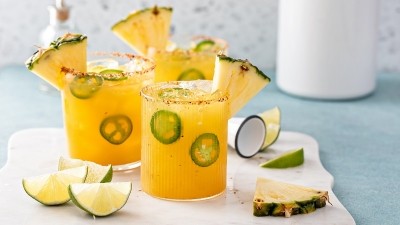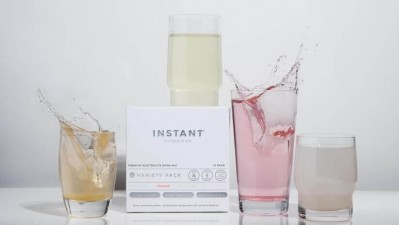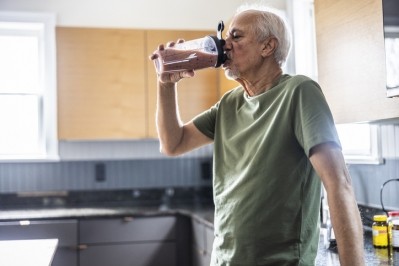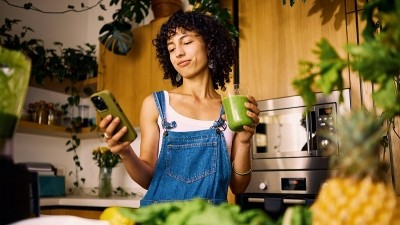Osmolality may help quench consumers’ thirst for transparency, efficacy in the hydration space
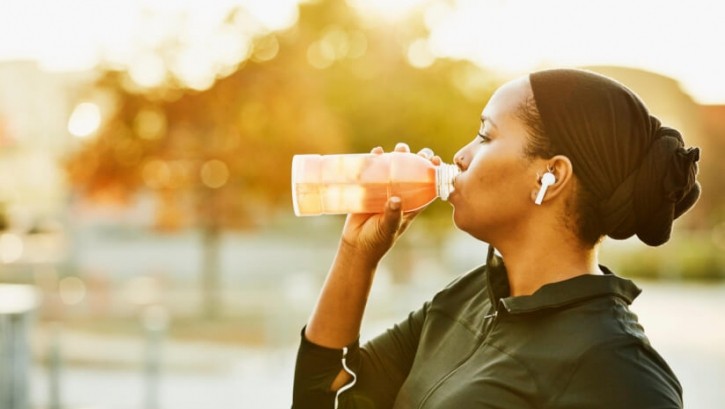
Osmolality certification, which determines the hydration level of a beverage, may help companies differentiate themselves in an already saturated category, while improving consumer trust when skepticism is high on ingredient functionality. The Osmolality Lab offers third-party testing and certification for functional beverages that confirms “the osmolality of a product fits within a specific range, and that the science says what you need for optimal hydration,” Gillitt said. He added, it tells consumers “that the product is what it says it is.”.
The company’s standard of measurement aligns with World Health Organization’s recommendations on fluid retention, which ranges between 210 – 268 milliosmoles per kilogram, with Gillitt recommending even between 200 – 300 milliosmoles as a reasonable value, which is “the same value as most tissues in the body.” Within this range, water is more optimally transferred into the body.
He continued, “What we can do is help a brand understand are they even in that level … because when you are at that level, water transfer is the most efficient and so therefore you will retain most of the liquid that you drank, which is what happens if you want to be hydrated.”
Sports drinks, for example, are typically designed to energize the user first and hydrate second due to its higher concentration of carbs, which raises the osmolality levels “to the upper edge of 300,” and can cause a slight dehydration, Gillitt explained.
“The [body] will shut the stomach down so it will close off the ability for the liquid to get through. When the higher osmolarity beverage touches the cell surface [in the stomach], the cells realize there is a big difference and that difference needs to be fixed. In that case, water will be drawn out of the cells to dilute down the osmolarity of the beverage touching it and you will end up with becoming ever so slightly dehydrated,” he explained.
Gillitt continued, “Then the body generally makes that up, and the water will go back in so it causes a bit of a delay in becoming hydrated … but it takes a bit of time for the solutes to move around so that the water transfer can be efficient.”
Ingredient transparency and scientific backing are key to building consumer trust

Hydration is a cornerstone of human health, essential for both physical and cognitive well-being, with rehydration and recovery as top concerns among consumers. The global hydration market is expected to grow from $36 billion this year to $82.7 billion by 2034 at a compound annual growth rate (CAGR) of 7.9%, according to data from Future Market Insights. Within the category, sports drinks are the most popular, with demand expected to grow at a CAGR of 7.7% in the same time period.
As the category expands, ingredient transparency and efficacy are paramount in building consumer trust, considering 60% of consumers are seeking products that support their overall health, according to data from Attest. Further, nearly half (46%) of consumers said they are skeptical that their products are not actually healthy, and 41% are worried that the ingredients in their products are not scientifically backed.
“What the certification program does is it allows the consumer to quickly understand whether the product contains or has the attributes that it should have [and] if it is going to fulfill the claims that the company is making,” Gillitt said. The Osmolality Lab's testing will also provide brands with a certification seal to use on labels.
Brands can “get certified very quickly and very easily,” and for those that are “slightly too low or slightly too high” can usually address their formulation simply “without much cost,” Gillitt said. Often times improving osmolality levels can be addressed by adjusting carb levels or, in the case of powders, changing the instructions on a label to add the powder to less water so it is more concentrated.
In the company’s independent study testing of more than 110 commercially available hydration products, only 10% fell within the optimal osmolality range. This finding highlights the relative ease and cost-effectiveness of third-party testing and certification as a means for brands to build trust and differentiate themselves in the market, Gillitt said.
For brands interested in learning more about hydration certification, visit The Osmolality Lab's website here: https://theosmolalitylab.com/
